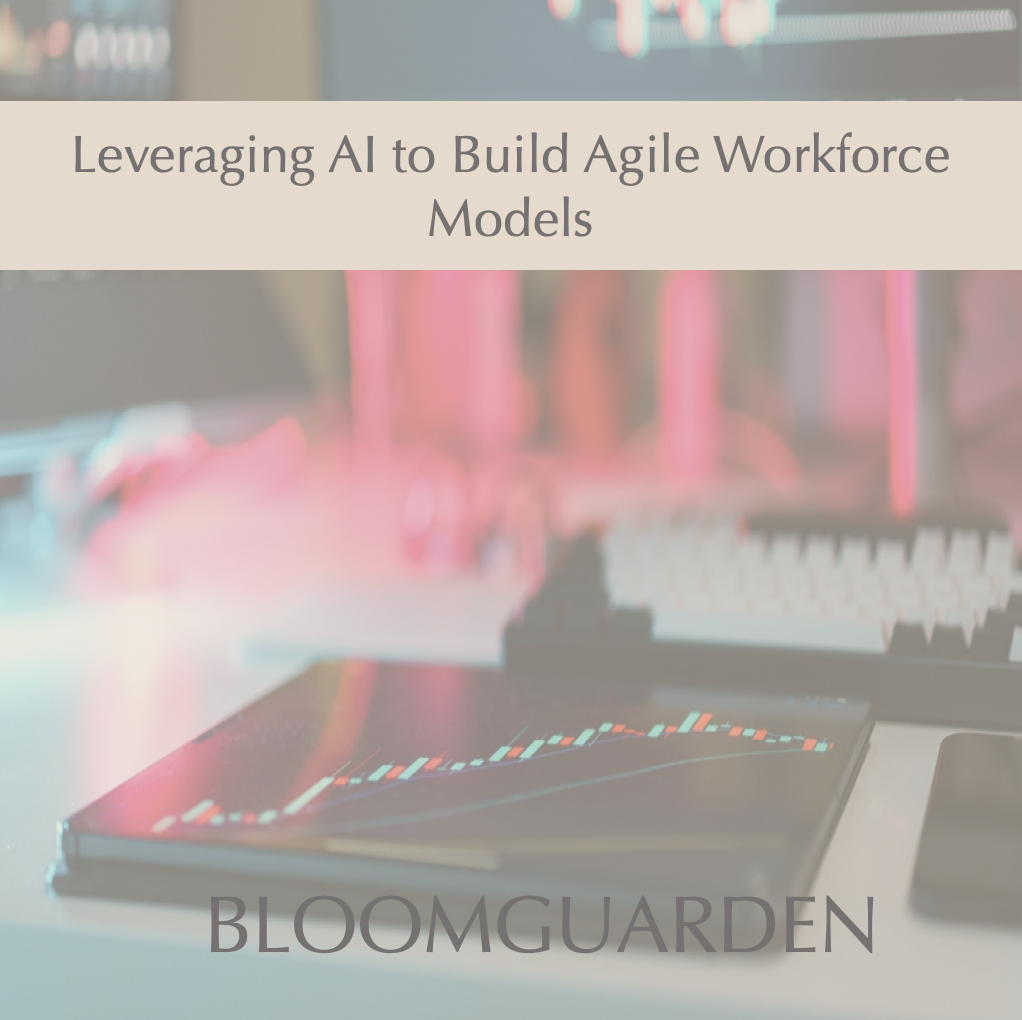Leveraging AI to Build Agile Workforce Models
In today’s fast-evolving business environment, agility is no longer optional—it’s a strategic imperative. Organizations are turning to artificial intelligence (AI) to build workforce models that are not only more responsive to change but also better aligned with future demands. AI-powered workforce planning enables companies to optimize staffing, reduce costs, and boost employee satisfaction through intelligent forecasting and decision-making.
Why Workforce Agility Matters
Agile workforce models allow companies to:
Quickly adapt to changing market demands
Fill skills gaps with precision
Retain top talent through proactive planning
According to a 2024 report by Deloitte, organizations with high workforce agility are 2.5x more likely to outperform peers on financial performance (Deloitte Insights, 2024).
Ways AI Supports Agile Workforce Models
1. Predictive Talent Analytics
AI tools can forecast workforce needs based on historical data, industry trends, and business goals. This allows HR leaders to plan for hiring surges, upskilling needs, and turnover.
2. Dynamic Resource Allocation
AI algorithms optimize team composition by analyzing project scopes, individual skills, and availability. This real-time capability ensures the right talent is placed in the right roles.
3. Skills Gap Identification
AI can scan job descriptions, employee profiles, and training records to pinpoint where critical skill shortages exist and suggest upskilling pathways.
4. Scenario Modeling
AI can simulate different workforce scenarios—such as sudden demand shifts, policy changes, or automation adoption—and assess their impact.
Considerations When Implementing AI in Workforce Planning
Data Quality: AI outcomes depend on the quality and volume of workforce data.
Ethical Use: Transparency and bias mitigation are essential for responsible AI use.
Change Management: Successful adoption requires training and cultural alignment.
Conclusion
AI-powered workforce models enable companies to become more resilient, efficient, and future-ready. When implemented thoughtfully, these tools not only enhance operational flexibility but also create a more engaged and empowered workforce.
References:
Deloitte Insights. (2024). Workforce Strategies for the Agile Enterprise.
IBM. (2023). HR Analytics with Watson.
Accenture. (2023). Reinventing Workforce Planning.
LinkedIn Talent Solutions. (2023). Talent Insights.
